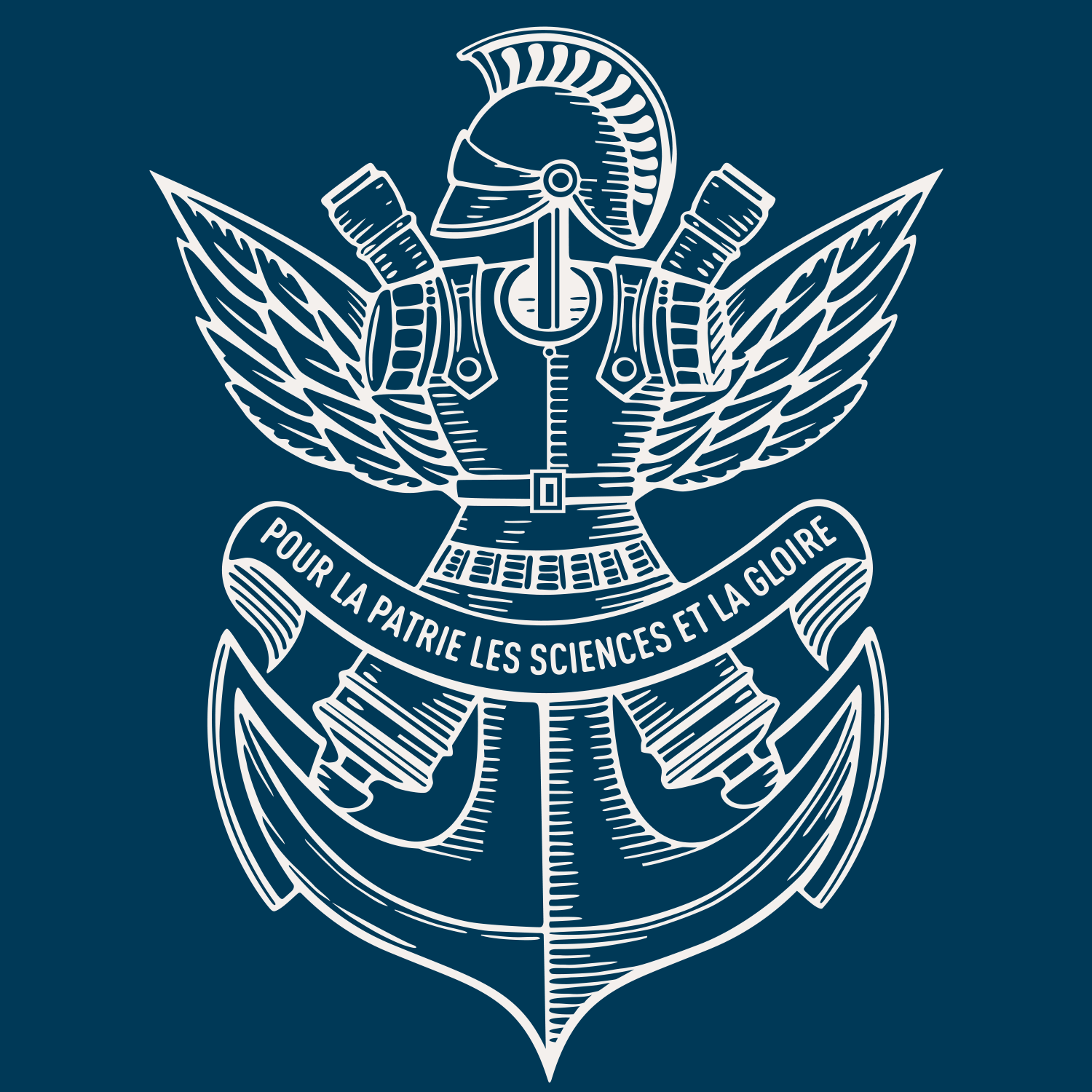The Dynamics Behind the Affinity: Controlling Heme-Gas Affinity via Geminate Recombination and Heme Propionate Conformation in the NO Carrier Cytochrome c ′
Résumé
Nitric oxide (NO) sensors are heme proteins which may also bind CO and O2. Control of heme-gas affinity and their discrimination are achieved by the structural properties and reactivity of the heme and its distal and proximal environments, leading to several energy barriers. In the bacterial NO sensor cytochrome c′ from Alcaligenes xylosoxidans (AXCP), the single Leu16Ala distal mutation boosts the affinity for gas ligands by a remarkable 106–108-fold, transforming AXCP from one of the lowest affinity gas binding proteins to one of the highest. Here, we report the dynamics of diatomics after photodissociation from wild type and L16A-AXCP over 12 orders of magnitude in time. For the L16A variant, the picosecond geminate rebinding of both CO and NO appears with an unprecedented 100% yield, and no exit of these ligands from protein to solvent could be observed. Molecular dynamic simulations saliently demonstrate that dissociated CO stays within 4 Å from Fe2+, in contrast to wild-type AXCP. The L16A mutation confers a heme propionate conformation and docking site which traps the diatomics, maximizing the probability of recombination and directly explaining the ultrahigh affinities for CO, NO, and O2. Overall, our results point to a novel mechanism for modulating heme-gas affinities in proteins.

